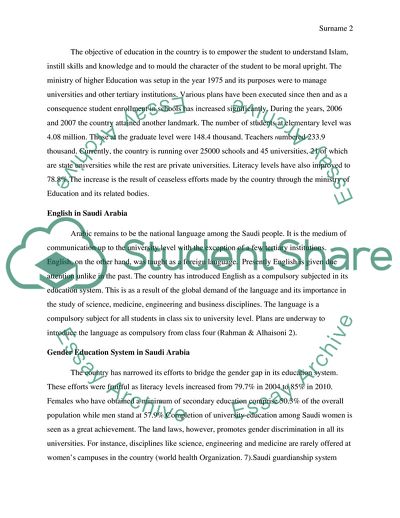Cite this document
(History and Political Science of Saudi Arabia Essay Example | Topics and Well Written Essays - 2000 words, n.d.)
History and Political Science of Saudi Arabia Essay Example | Topics and Well Written Essays - 2000 words. https://studentshare.org/history/1816212-saudi-arabia-paper-3
History and Political Science of Saudi Arabia Essay Example | Topics and Well Written Essays - 2000 words. https://studentshare.org/history/1816212-saudi-arabia-paper-3
(History and Political Science of Saudi Arabia Essay Example | Topics and Well Written Essays - 2000 Words)
History and Political Science of Saudi Arabia Essay Example | Topics and Well Written Essays - 2000 Words. https://studentshare.org/history/1816212-saudi-arabia-paper-3.
History and Political Science of Saudi Arabia Essay Example | Topics and Well Written Essays - 2000 Words. https://studentshare.org/history/1816212-saudi-arabia-paper-3.
“History and Political Science of Saudi Arabia Essay Example | Topics and Well Written Essays - 2000 Words”. https://studentshare.org/history/1816212-saudi-arabia-paper-3.


